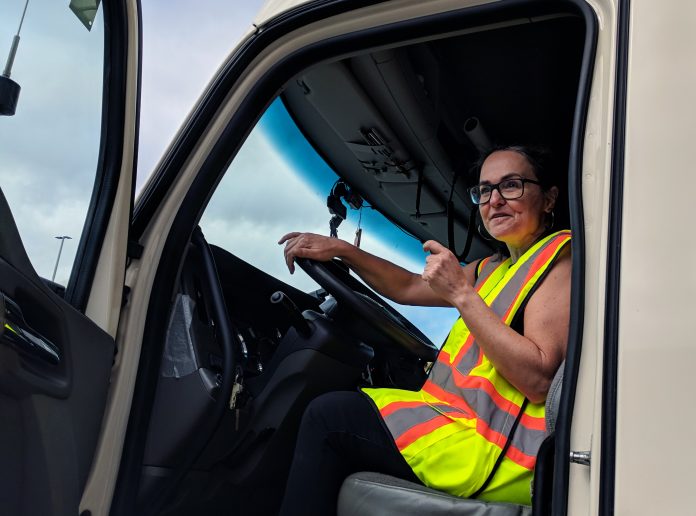A basic principle of education is that everyone learns at a different pace and has a different learning style. Visual learners learn best through diagrams, pictures and reading text. Auditory learners like listening to someone speak or with music playing in the background. Kinesthetic learners like to “just do it” and figure it out as they go. Most of us have one dominant style and one other one we prefer.
For example, I’m primarily a kinesthetic, or movement-oriented learner. I don’t read instructions unless a. I’m writing them for other people, b. I’m being very careful not to break something, or c. I have no other choice. Left to my own devices, I click things and see what happens.
My second learning preference is visual. I like overview diagrams, videos or photos. I like to see a model or picture of a finished product so I can see what I’m working towards.
Although many people prefer to learn by listening – some actually close their eyes to focus on a speaker – I am not an auditory learner. When I listen to a speaker, I have to do something with my hands or anything I hear just does not register. Taking notes or doodling helps me concentrate. I can’t imagine listening to anything with my eyes closed.
People also teach according to their preferred learning style. Visual teachers use video and presentation tools, auditory teachers lecture and tell stories, and kinesthetic teachers ask learners to get up and participate. As a learner, you don’t get much of a choice in the matter and you learn to cope (lots of doodling for me). The good instructors try to vary their teaching styles to help everyone learn.
One way to vary your teaching style is to use different delivery methods. At CarriersEdge, we specialize in online content, but classroom, video and hands-on activities are also critical to a complete training solution that resonates with everyone. A combination of approaches naturally helps you teach to all the learning styles. Let’s look at how this works:
Online. Self-paced training with opportunities to self-check can be great for all types of learners as long as there are visuals, audio and interactivity. Online training is best for teaching concepts, explaining a process and how systems work. It builds the participant’s knowledge, but it does not provide opportunities for practical application.
For example, when you want to teach someone about mountain driving, you can teach the theory through online training. However, if that person doesn’t practice first, I would not unleash them in the Rockies.
Classroom. Classroom works well with online training. Start with online to teach general concepts and follow up with classroom or one-on-one instructor led sessions.
This combination works well for driver orientation, where people can review general content before heading to a classroom. In class, talk more about specific procedures and begin integrating people into your company’s culture. But in-person training may not be enough to help teach to all learning styles. Kinesthetic learners will still be fidgeting and doodling.
Video. Don’t confuse video with online training. Online training can incorporate video, but the training experience should be more interactive than what a video can provide. Company leadership messages, announcements and demonstrations work well on video.
As a kinesthetic/visual learner, I love photos or video demonstrations. I can see what I’m supposed to do, and I feel more prepared to do it. Facebook Live sessions where people can watch the feed and then use the text chat to ask questions are a great way to reach people.
Hands-on activities. This includes using simulators, backing practice, inspection competitions, and any other activity where it’s best to get in the yard and just do it. This appeals to kinesthetic learners, and it gives you the opportunity to develop confidence in newer drivers.
I’ve read many social media posts where a professional driver talks about how difficult it was to master backing a trailer – and how they didn’t properly learn it until they were at a shipping dock and someone else helped them. That’s a case of a carrier not providing enough hands on practice.
Online training comes in handy here – use it to teach the concepts. Afterwards, practice the activity and provide coaching on specific techniques to improve performance. This uses everyone’s time more wisely.
Don’t fall for the advice that a good training program can only be one delivery method. The best training programs are those that incorporate many types of interactions to appeal to everyone’s learning style. By alternating whether you work on knowledge or skills, you will provide people with a more appealing training experience and get more out of the training time you have.
Jane Jazrawy
CEO and co-founder, CarriersEdge























